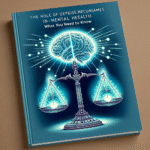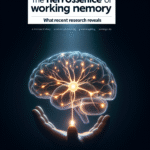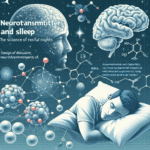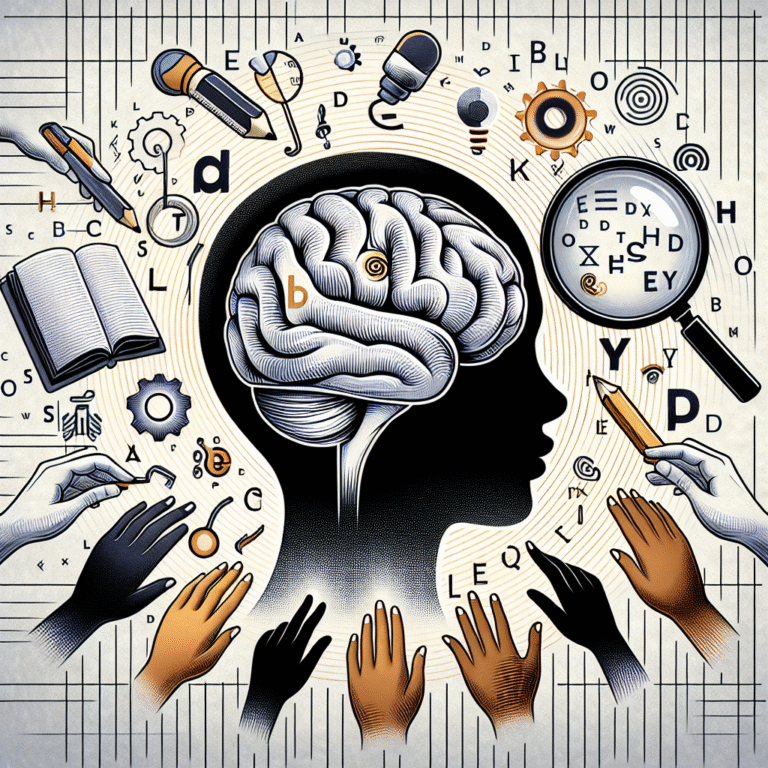
Learning Disabilities and Anxiety: Signs, Symptoms, and Support for Success
Introduction
In a world that increasingly measures success by performance and results, learning disabilities and anxiety have taken center stage as significant barriers for many individuals. The intertwining of learning disabilities and anxiety can create a cycle that hinders a person’s academic, emotional, and social growth. As more research emerges, the implications of this dual challenge become clearer, emphasizing the dire need for awareness, understanding, and support. This article delves into “Learning Disabilities and Anxiety: Signs, Symptoms, and Support for Success,” providing invaluable insights for students, parents, educators, and professionals alike.
Understanding Learning Disabilities and Anxiety
What Are Learning Disabilities?
Learning disabilities encompass a range of neurological conditions that impact the way individuals process, retain, and express information. According to the U.S. Department of Education, common learning disabilities include:
- Dyslexia (reading difficulties)
- Dyscalculia (math-related challenges)
- Dysgraphia (writing impairments)
- Nonverbal Learning Disabilities (difficulty interpreting nonverbal cues)
The National Center for Learning Disabilities estimates that about 1 in 5 individuals in the U.S. has a learning disability. This staggering statistic demonstrates just how prevalent, yet often misunderstood, these conditions can be.
What Is Anxiety?
Anxiety is a normal reaction to stress that can, in some cases, be beneficial. However, for those with anxiety disorders, this feeling can become overwhelming and debilitating. Common types of anxiety disorders include:
- Generalized Anxiety Disorder (GAD)
- Social Anxiety Disorder
- Panic Disorder
- Specific Phobias
According to the National Institute of Mental Health, approximately 31.1% of adults in the U.S. experience an anxiety disorder at some point in their lives.
The Link Between Learning Disabilities and Anxiety
Research has shown a strong correlation between learning disabilities and anxiety. Children who struggle with learning disabilities may develop anxiety as a result of frustration, feelings of inadequacy, or social challenges. Conversely, anxiety can also exacerbate learning difficulties, creating a detrimental cycle.
Case Study Analysis
For example, consider Emily, a 10-year-old girl diagnosed with dyslexia. Despite her intelligence, she struggles significantly with reading, leading to poor academic performance. Consequently, Emily develops severe test anxiety, which further impedes her ability to perform well in school. In this case, addressing both the dyslexia and the anxiety is crucial for Emily’s success.
Signs of Learning Disabilities and Anxiety
Signs of Learning Disabilities
Identifying learning disabilities early is crucial for intervention and support. Here are some common signs:
| Learning Disability Type | Signs |
|---|---|
| Dyslexia | Difficulty reading, trouble with spelling, mixing up letters and sounds. |
| Dyscalculia | Challenges in understanding numbers, trouble with mental math, difficulty in measuring. |
| Dysgraphia | Poor handwriting, difficulty organizing thoughts on paper, struggles with spelling. |
Signs of Anxiety
Recognizing the signs of anxiety can lead to timely intervention and treatment:
| Anxiety Disorder Type | Signs |
|---|---|
| Generalized Anxiety | Excessive worry, restlessness, difficulty concentrating, physical symptoms like headaches. |
| Social Anxiety | Intense fear of social situations, avoidance of public settings, extreme self-consciousness. |
| Panic Disorder | Sudden attacks of terror, heart palpitations, shortness of breath, dizziness. |
Cross-Impact of Signs: A child with dysgraphia may be reluctant to participate in classroom activities due to anxiety about their handwriting. This scenario underscores the relationship between learning disabilities and anxiety.
Symptoms and Challenges Faced by Individuals
Academic Challenges
Individuals with learning disabilities often face academic challenges that are compounded by anxiety. The anxiety can worsen symptoms, leading to a feedback loop that impedes learning.
Example of Academic Impact
Ben, a student with nonverbal learning disability, struggles with interpreting social cues during group projects. His anxiety about social interaction leads him to withdraw, further impacting his collaborative skills.
Emotional and Social Challenges
The emotional toll of having a learning disability can manifest in anxiety, reduced self-esteem, and feelings of isolation. Children may become frustrated or depressed, leading to behavioral issues or withdrawal from social situations.
Case Study Analysis
In the case of a boy named Jake who has dyscalculia, his peers sometimes tease him during math class, leading to increased anxiety and avoidance. Jake’s situation highlights the need for supportive environments that foster social acceptance and emotional safety.
Effective Support Strategies
Educational Support
- Individualized Education Plans (IEPs): Tailored educational plans can address specific learning challenges, helping students succeed.
- Accommodations: Providing extra time for tests, allowing oral responses, and offering a quiet space for high-anxiety tasks can alleviate stress.
Psychological Support
- Cognitive Behavioral Therapy (CBT): This therapy can help students identify and challenge negative thoughts related to their learning disability and anxiety.
- Mindfulness Techniques: Teaching relaxation strategies like meditation can help decrease anxiety levels and improve focus.
Social Support
- Peer Support Programs: Pairing students with learning disabilities with supportive peers can create a sense of community and reduce anxiety.
- Family Involvement: Encouraging family members to participate in the child’s education can foster a supportive home environment.
Table: Support Strategies Overview
| Type of Support | Strategies |
|---|---|
| Educational | IEPs, Accommodations |
| Psychological | CBT, Mindfulness Techniques |
| Social | Peer Programs, Family Involvement |
Inspiring Success Stories
Case Study of Markus
Markus, a high school student with a combination of dyslexia and anxiety, used a structured reading intervention program paired with counseling. Over time, he became more comfortable reading aloud and slowly developed coping mechanisms for his anxiety. His success exemplifies the idea that with the right support, students can flourish.
Encouraging Frameworks for Success
- Schools that implement inclusive practices often witness improvements in both learning outcomes and emotional well-being.
- Parental involvement in education plays a crucial role in fostering resilience in children facing these challenges.
Conclusion
Understanding the complex relationship between learning disabilities and anxiety is vital for creating supportive environments that foster success. By identifying signs, intervening early, and employing effective strategies, we can help those with learning disabilities navigate their educational journeys with confidence.
As we delve deeper into the nuances of “Learning Disabilities and Anxiety: Signs, Symptoms, and Support for Success,” let’s commit ourselves to advocate for change — being informed, compassionate, and proactive can transform lives.
FAQs
1. What should I do if I suspect my child has a learning disability?
Begin by observing your child’s behaviors and academic performance. Talk to their teachers, and consult a healthcare professional for a proper evaluation.
2. Can anxiety be treated effectively in children with learning disabilities?
Yes, with appropriate therapy, support, and interventions, many children can manage their anxiety effectively while also addressing their learning disabilities.
3. How can teachers support students with learning disabilities and anxiety?
Teachers can offer differentiated instruction, provide accommodations, foster a supportive classroom environment, and maintain open communication with parents.
4. Are there specific therapies aimed at addressing both learning disabilities and anxiety?
Certain therapies, like CBT, specifically aim at managing anxiety while teaching coping strategies that can be beneficial for learning disabilities.
5. How can parents help reduce anxiety in their children?
Encouraging open communication, providing reassurance, and modeling healthy coping mechanisms can significantly reduce anxiety in children.
Through understanding and action, we can significantly impact the lives of those navigating the challenges of “Learning Disabilities and Anxiety: Signs, Symptoms, and Support for Success.” Let’s equip ourselves to be advocates, supporters, and allies for those on this journey.
















